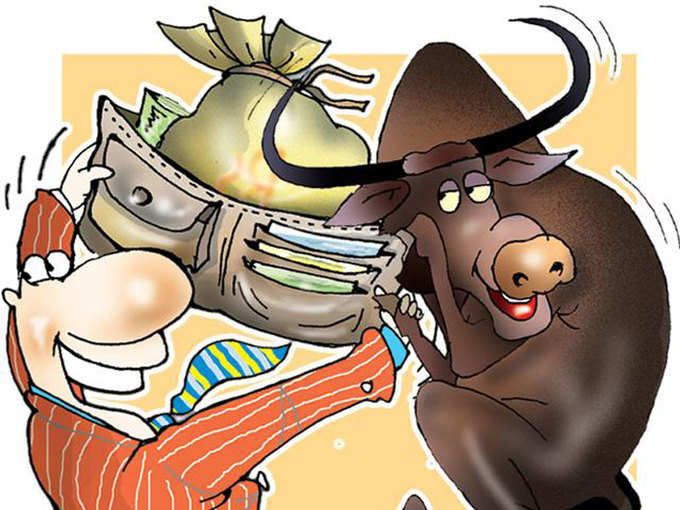 Indian markets seem to be firing on all cylinders—the current bull run which started in August 2013 when S&P
Indian markets seem to be firing on all cylinders—the current bull run which started in August 2013 when S&P There are ample reasons to believe that it is. Firstly, during the previous bull runs during 2004-08, 1995-99 and 1990-92, the central governments were not majority ones and lacked clear mandates. This time the story is different. Not only the Modi-led NDA won a landslide victory in the Lokh Sabha polls, the ruling BJP consolidated its position in recent state elections as well, lending more teeth to PM Modi to spearhead his reformist agenda. In fact, through a clutch of recent moves—launching ‘Make in India’ campaign which aims to transform India to a manufacturing hub; revamping labour rules to make them simpler and employee-friendly; allowing private firms to participate in coal mining through e-auctioning and possibly raising FDI limit in insurance—Modi has already made it clear that he is going to push reforms further which will further boost market sentiments.
Secondly, oil prices are at 10-year-lows, giving ammunition to Modi to cut subsidies further. In fact, the recent move to scrap control on diesel process is expected to hugely curb subsidies that have greatly contributed to the country’s fiscal deficit, which is among the highest among its Asian peers (OPEC is in no mood to reduce oil production to stop fall in prices as a price level of $80 a barrel would hurt US shale and Canadian oil sands producers much more than OPEC; meanwhile, Goldman Sachs forecast oil price to fall to $70 a barrel in 2015).
Thirdly, inflow from global and local players are expected to further rise—the Ukraine crisis surrounding Russia, possible credit bubble in China and recessionary trends in Brazil make India a better destination for foreign flows. These should be seen along with a litany of other positive pointers—unlike previous bull runs, this one is seen to be based on improving economic fundamentals; after surging to stratospheric levels, inflation seems to be coming down; impressive corporate earnings point that balance sheets of firms are turning healthy and Indian rupee is strengthening after playing second fiddle to top global currencies in the recent past.
But how long this run is going to last? Mark Mobius, executive chairman of the Templeton Emerging Markets Group at Franklin Templeton Investments who is dubbed as an emerging market guru, says it can last up to four years. However, investors must expect fairly large corrections—up to 20 per cent—on the way, he warns. But those possible corrections would open opportunities for investors who have hitherto been reluctant to enter the market.